- Overview
- Symptoms
- Causes & Risks
- Tests & Diagnosis
- Treatment
- Living With
- Mobility & Assistive Devices
- Complications
- Support & Resources
- View Full Guide
Why Are My RA Symptoms Getting Worse?

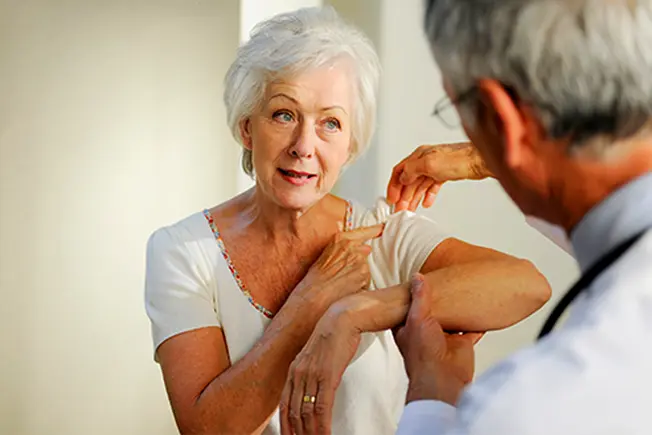
You're Having a Flare
Red, warm, swollen joints are inflamed. A flare is when inflammation in your body spikes. Your symptoms can get worse. You might also have a mild fever, fatigue, and feel sick all over. To treat a flare, your doctor might adjust your medicine to lower the inflammation. To feel better, get more rest and apply hot or cold packs to sore, swollen joints.
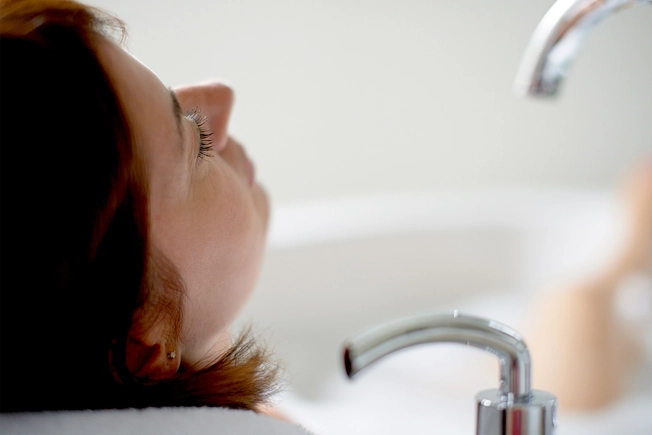
You're Under Pressure
Stress, anxiety, and even depression are common with RA. It's more than just a bad mood. Depression can make it hard for you to manage your symptoms. Stress tells your body to release cortisol, an anti-inflammatory hormone. But ongoing stress triggers too much cortisol. This makes pain feel worse. Find ways to relax, like yoga, bubble baths, or exercise.

Your Sleep Cycle Is Off
RA pain and sleep trouble are a vicious cycle. If you're in pain, you can't sleep well. If you don't get enough rest, your symptoms get worse. Good habits can help you get the downtime you need. Use guided imagery to distract you from the pain. Take pain meds before bedtime so you can nod off more easily. Switch off your phone and bedside clock. Their lights can disturb your slumber.

Your Meds No Longer Help
Even if what you're taking has kept your RA under control for a while, things can change. If your body starts to resist current treatments, your symptoms may get worse. Talk to your doctor. You may be able to change to a new treatment. If you're on a biologic, they might add other rheumatoid arthritis drugs to get your symptoms under control.
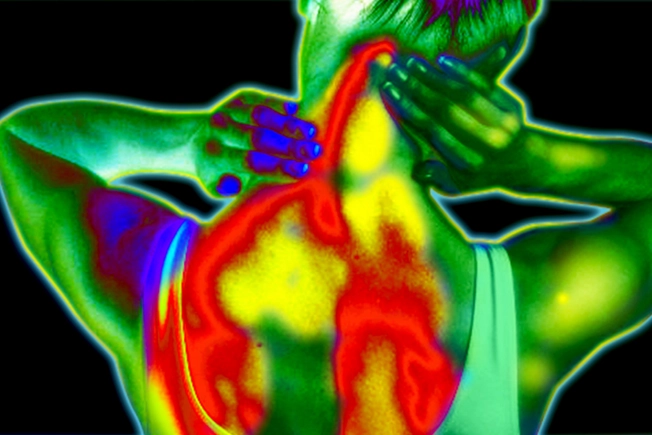
You Have Another Disease, Too
As if RA isn't enough to handle, you can get related conditions that cause similar symptoms. People with RA are more likely to get fibromyalgia, too. It causes chronic pain, fatigue, and tender points that mimic RA. Your doctor can diagnose fibro to be sure it's the cause of your problems and suggest treatment.
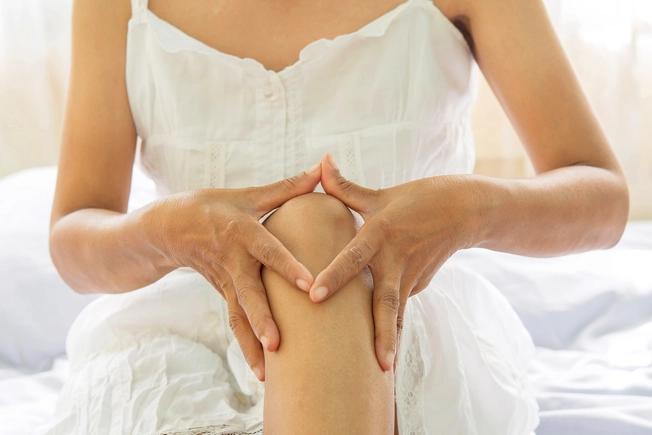
You're Out of Remission
The goal of RA treatment is to make disease activity stop or slow down greatly so you have few or no symptoms. Doctors call this remission. But it doesn't always last. RA might return and get worse. Over the years, your symptoms can come and go. See your doctor to adjust your medications.

You Don't Exercise Enough
RA joint pain and stiffness can make you want to stay on the couch. But if you don't move your joints, your symptoms will get worse. Exercise actually helps ease RA pain and fatigue. Try to get some activity every day. Walk, bike, or swim to rev up your heart. Do range-of-motion stretches to keep your joints limber. Work your muscles so they stay strong.

You Just Had a Baby
RA symptoms often ease up when you're pregnant. But this can end soon after delivery. It's hard to care for a baby when you have severe joint pain and fatigue, too. Your doctor can prescribe treatments that control your symptoms but are also safe for your baby if you plan to breastfeed.
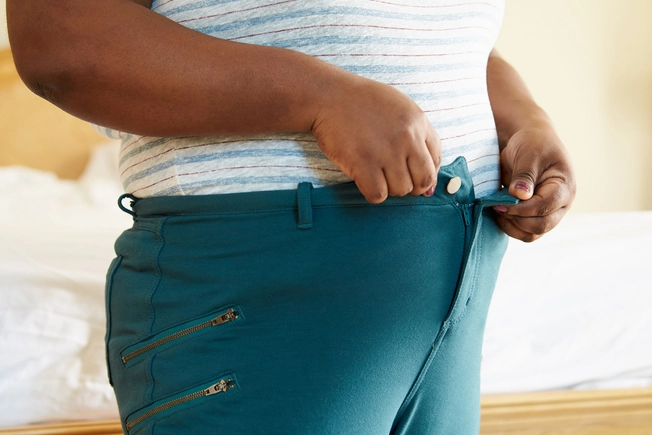
You're Carrying Extra Pounds
Added weight puts more stress on inflamed joints, which leads to more pain. Too much fat in your body can release hormones that worsen RA inflammation. Your treatments may not work as well if you're overweight. Exercise daily, and get help from a nutritionist if you struggle to stay at a healthy weight.
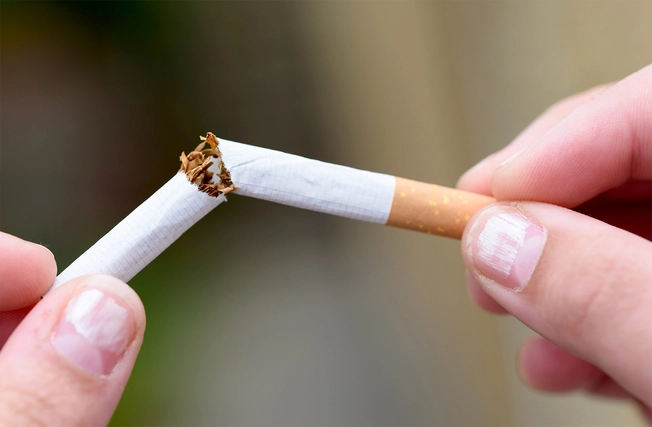
You Smoke
If you have RA and smoke, you should quit! Smokers with RA who quit often see symptoms improve. Smoking raises the odds that you'll get RA in the first place. It can also affect the way your RA drugs work. They may not control your symptoms like they should. And it can zap your energy so you don't exercise, which could ease your joint pain. Quit smoking or get help to kick the habit.
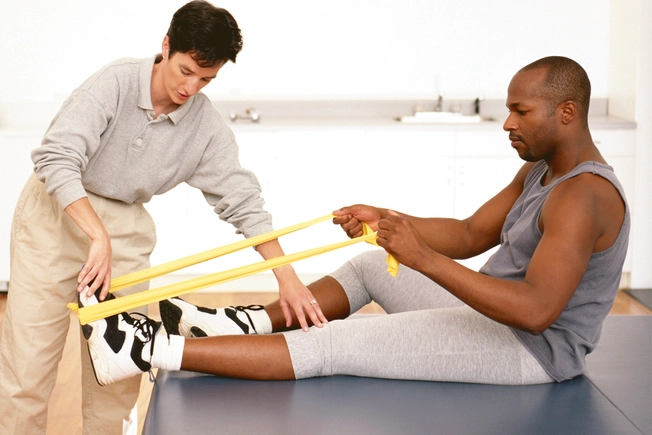
You've Been Too Active
Exercise is good for your RA, but you can overdo it. If you've been active all day, take time to relax. Rest can cool inflamed joints and help you bounce back from fatigue. Take breaks so you don't get hurt. A physical therapist can teach you how to protect your joints, prevent painful muscle spasms, and exercise safely.

You're Low on Vitamin D
People with RA often have low levels of vitamin D in their bodies. If you don't have enough, your RA could become more active. That can lead to painful inflammation and even bone loss over time. Low vitamin D can worsen pain and fatigue. Your doctor can test your blood to measure your levels. More time in the sun (with sunscreen) and supplements might give you what you need.
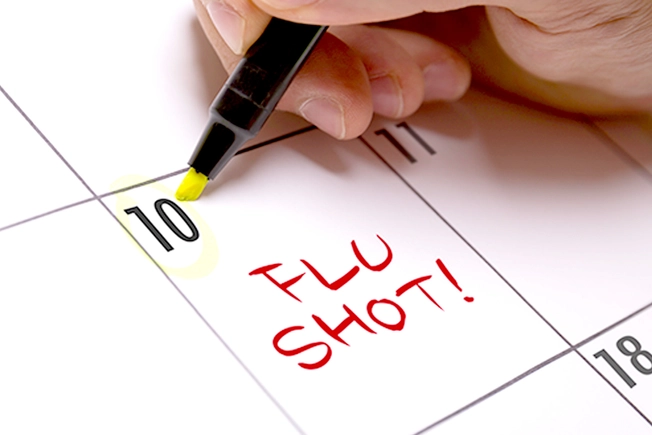
You Have an Infection
RA and the treatments you take for it make you more likely to get an infection. Your immune system is overworked already, so it's hard for it to fight off common bugs. Even seasonal flu can trigger RA symptoms. It also puts you at risk for septic arthritis, which causes severe pain in your knees, hips, or shoulders. Get the vaccines that your doctor suggests, such as a yearly flu shot.
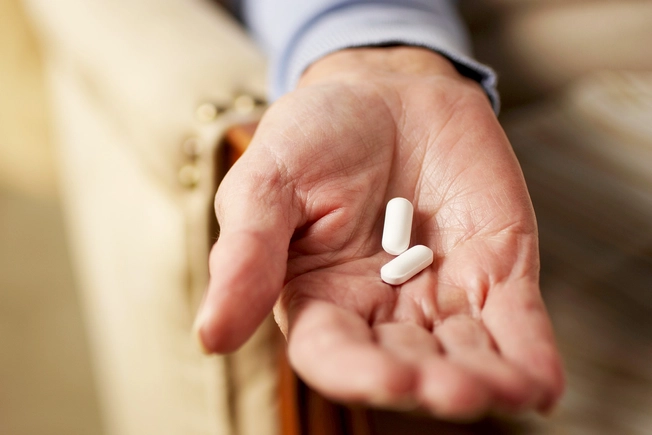
You Stopped Taking Your Meds
Maybe they're too expensive. Or perhaps you felt better so you thought it was OK to ditch your meds. But symptoms may flare up if you stop your medications. Talk to your doctor. You might be able to switch to a drug that doesn't have as many side effects, or take a lower dose.

You Were Diagnosed Late
Your RA symptoms may be worse if you had the disease for years before you knew it. If it isn't spotted and treated early, inflammation can lead to joint pain, damage, and deformity that won't get better. Physical therapy may help you move better and ease your pain. Surgery can also replace your damaged joint with a new one.